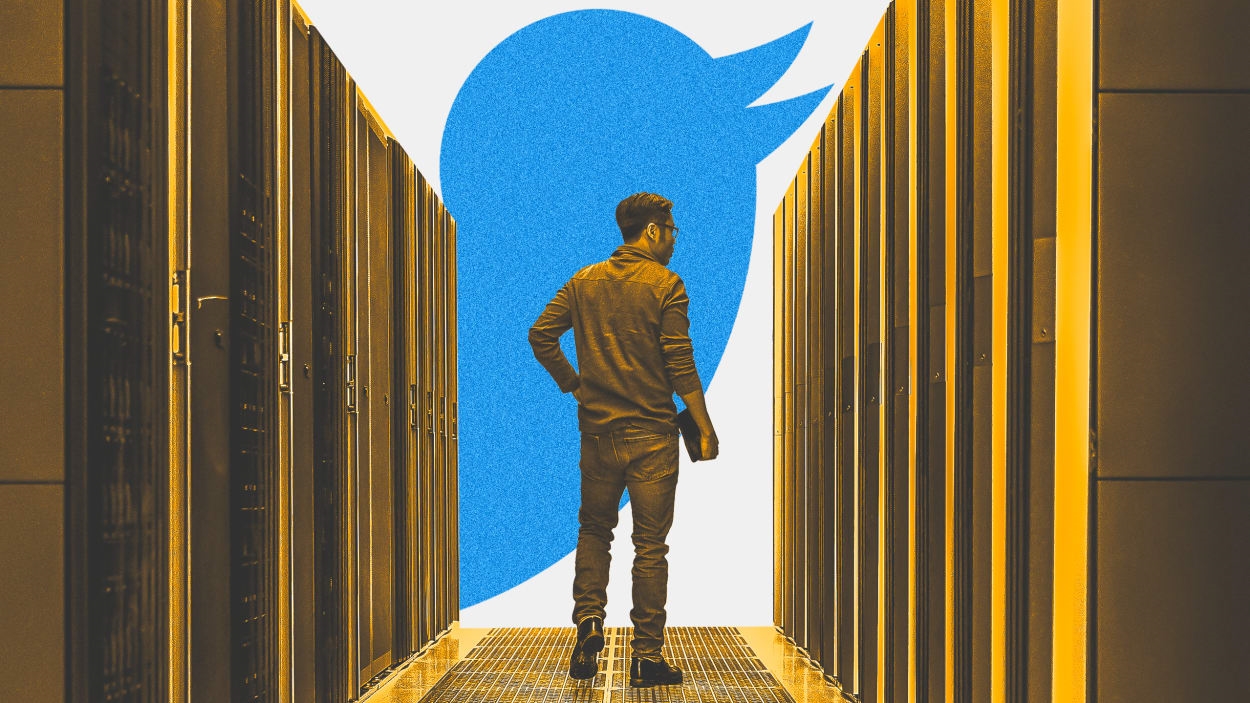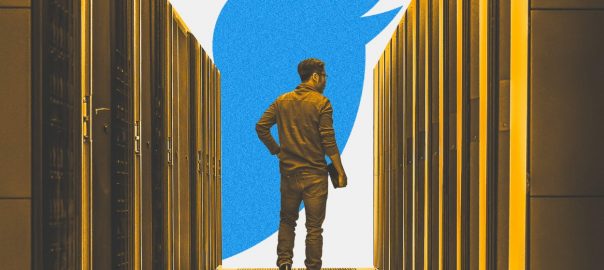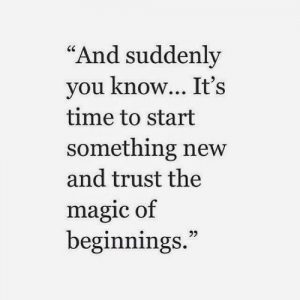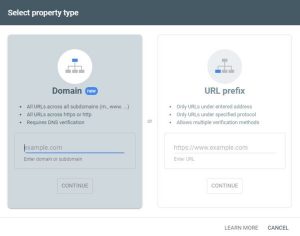While many Twitter users are making a lot of noise about terminating their accounts and heading elsewhere, they’re quickly finding that the alternatives aren’t quite ready for prime time—and certainly aren’t prepared for the major influx of users they’ve seen since late October. And the problem may not be resolved in the short term.
Several of the most popular Twitter alternatives are hitting some significant growing pains, including one that has temporarily shut down to retrench. Here’s a look at how three of the most popular alternatives are faring a little more than one month now since Elon Musk became sole owner of Twitter.
Hive
Hive has seen its user count soar to slightly over 1 million in the wake of Musk’s takeover. That’s still a fraction of Twitter’s audience (238 million, as of the end of October), but for a startup, it can be overwhelming. When Donald Trump’s Twitter account was reinstated, the rush of Hive sign-ups literally crashed the app.
Wednesday evening, the company shut down its servers completely, saying it would be offline for “a couple of days” as it worked to fix security issues, which, if left unattended, would have allowed hackers to access all user data (including private messages and deleted direct messages) and edit people’s posts.
The discovery of those vulnerabilities came from Zerforschung, a German collective, who noted in a blog post that the company had claimed to fix all of the issues before Wednesday’s action, but had not. (Hive disputes this, saying they claimed to be fixing them, not saying they were fixed.)
“We strongly advise against using Hive in any form in the current state,” Zerforschung warned.
Hive reportedly has a staff of only three people and hasn’t even formally raised any capital, though it did gather more than $321,000 on the WeFunder crowdfunding site.

Mastodon
Mastodon is hardly a new social media site. It’s been around since 2016. But in the past month, its active user count has soared from 300,000 to 2.5 million. And that has created some hiccups.
Some new users have had to wait days for verification, and many long-time users worry that this new influx will bring a wave of toxicity with it. Mastodon has long been a refuge for marginalized groups that have received harassment elsewhere. And to that end, the site is demonstrating a unique and, so far, effective way of silencing those sorts of harassing posts.
In late November, some tech experts warned that the open-sourced, decentralized platform had some security bugs of its own, such as a vulnerability that could allow hackers to steal user credentials or download all of the files on a server, including shared photos from direct messages. The company did not immediately respond to a request for comment on the vulnerability, but founder Eugen Rochko recently told Ars Technica, “We accept responsibly disclosed bugs, keep them secret until a fix is ready to avoid exploitation in the wild, announce a security release, and then reveal what the bug was when the fix is available to install. Operators who take Mastodon seriously have been consistently observed to upgrade swiftly; operators who do not, typically are only responsible for themselves and their friends/family.”
Post News
Less than three weeks old, this social media site is already turning heads—and is one of the few companies with something good to report (beyond an influx of users). This week, the company announced it had secured an undisclosed amount of capital from Andreessen Horowitz (a16z)—which has also given $400 million to Musk for his Twitter buyout—and from professor/podcaster Scott Galloway.
There are still growing pains, though. At this point, Post is looking to build its staff as quickly as possible, as founder (and former Waze CEO) Noam Bardin concedes that the team is “struggling” but needs people with very specific skills. There’s a waitlist of 335,000 users, roughly 65,000 of whom have been let in.
“I know there is a lot of frustration about things we have not released—blocking users, seeing who liked your post, the annoying RePosts that clog the feed, not being fully accessible, notifications, searching for hashtags, DMs, native app, dark mode . . .,” wrote Bardin in a blog post. “We want to do it all but have to prioritize—balancing the needs of the current users and the waitlisted users.”
(35)










